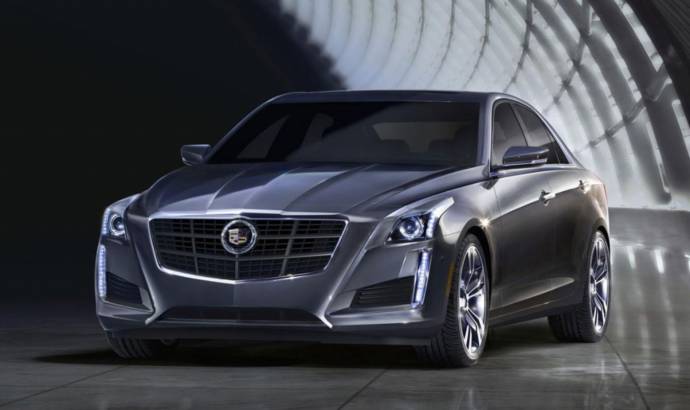Turbocharging increases power and performance with efficiency,
but the delay in the delivery of power – known as “turbo lag” – has
historically been its key limitation. That’s about to change.
Cadillac’s first-ever Twin-Turbo, available on the 2014 CTS
Vsport midsize luxury sedan and XTS Vsport full-size luxury sedan in the U.S.
this fall, kicks turbo lag to the curb with a unique combination of smaller
turbochargers, top-mounted throttle body and shorter air pathways.
The Cadillac Twin-Turbo V6’s patented air flow design, which
eliminates circuitous heat-exchanger tubing, makes the most of engine packaging
efficiency to improve torque response time over other air flow designs
.
Rated at 420 horsepower in the all-new 2014 CTS Vsport and
paired with Cadillac’s first eight-speed transmission, the Twin Turbo is one of
the most power-dense engines in the midsize luxury sedan segment, rated at an
SAE-certified 420 horsepower (313kw) and 430 lb-ft of torque (583 Nm).
Air flow routing volume is reduced by more than 60 percent when
compared with a conventional design that features a chassis-mounted heat
exchanger. The water-to-air cooler system achieves more than 80 percent cooling
efficiency with only about 1 psi (7 kPa) flow restriction at peak power for
fast torque production.
Using two smaller turbochargers rather than a single, larger
turbo also helps ensure immediate performance because smaller turbochargers
spool up quicker to generate horsepower-building air pressure that is fed into
the engine. An integrated charge air cooling system also contributes because
the compressors blow through very short pipes up to the intercooler.
The single, centrally located throttle body atop the engine
controls the air charge from a pair of turbochargers after the temperature is
reduced in the intercooler. This design fosters more immediate torque response
and reduces complexity by eliminating the need for a pair of throttle bodies.
Together, smaller turbochargers, top-mounted throttle body and
shorter air pathways help sustain peak torque over a broad range – 1,900 to
5,600 rpm.

31 Jul 2013
0


